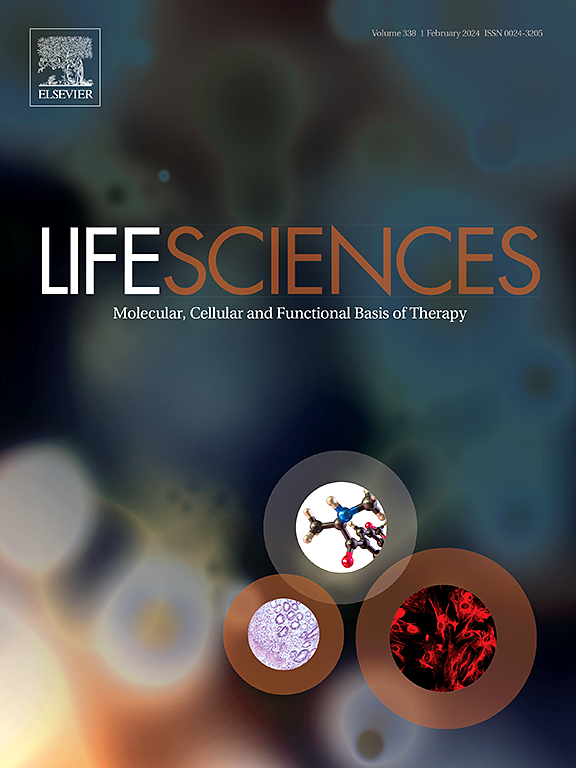Nanomedicine in cardiology: Precision drug delivery for enhanced patient outcomes
IF 5.2
2区 医学
Q1 MEDICINE, RESEARCH & EXPERIMENTAL
引用次数: 0
Abstract
Cardiovascular diseases as a primary driver of global morbidity and mortality. Despite the array of therapeutic avenues in clinical practice, predominantly pharmaceutical and surgical interventions, they often fall short of fully addressing the clinical exigencies of cardiovascular patients. In recent years, nanocarriers have shown great potential in the treatment and diagnose of cardiovascular diseases. They can enhance drug targeting and bioavailability while reducing side effects. Additionally, by improving imaging and detection technologies, they enhance early diagnosis and disease monitoring capabilities. These advancements in technology offer new solutions for precision medicine in cardiovascular diseases, advancing treatment efficacy and disease management.
Crafted from biomaterials, metals, or their amalgamations, these nanocarriers approximate the dimensions of biologically active molecules like proteins and DNA. Cardiovascular nanomedicine, in its infancy, has only recently burgeoned. Yet, with continual refinement in nanocarrier architecture, drug delivery mechanisms, and therapeutic outcomes, the potential of nanomedical technologies in clinical contexts becomes increasingly evident. This review aims to consolidate the strides made in nanocarrier research concerning the treatment and diagnose of cardiovascular diseases.

心脏病学中的纳米医学:精准给药,提高患者疗效。
心血管疾病是全球发病率和死亡率的主要驱动因素。尽管临床上有一系列治疗途径,主要是药物和手术干预,但往往不能完全满足心血管疾病患者的临床需求。近年来,纳米载体在治疗和诊断心血管疾病方面显示出巨大潜力。它们可以提高药物的靶向性和生物利用度,同时减少副作用。此外,通过改进成像和检测技术,它们还能提高早期诊断和疾病监测能力。这些技术进步为心血管疾病的精准医疗提供了新的解决方案,提高了治疗效果和疾病管理水平。这些纳米载体由生物材料、金属或其混合物制成,与蛋白质和 DNA 等生物活性分子的尺寸近似。心血管纳米医学刚刚起步,最近才开始蓬勃发展。然而,随着纳米载体结构、给药机制和治疗效果的不断完善,纳米医学技术在临床方面的潜力日益明显。本综述旨在总结纳米载体研究在治疗和诊断心血管疾病方面取得的进展。
本文章由计算机程序翻译,如有差异,请以英文原文为准。
求助全文
约1分钟内获得全文
求助全文
来源期刊

Life sciences
医学-药学
CiteScore
12.20
自引率
1.60%
发文量
841
审稿时长
6 months
期刊介绍:
Life Sciences is an international journal publishing articles that emphasize the molecular, cellular, and functional basis of therapy. The journal emphasizes the understanding of mechanism that is relevant to all aspects of human disease and translation to patients. All articles are rigorously reviewed.
The Journal favors publication of full-length papers where modern scientific technologies are used to explain molecular, cellular and physiological mechanisms. Articles that merely report observations are rarely accepted. Recommendations from the Declaration of Helsinki or NIH guidelines for care and use of laboratory animals must be adhered to. Articles should be written at a level accessible to readers who are non-specialists in the topic of the article themselves, but who are interested in the research. The Journal welcomes reviews on topics of wide interest to investigators in the life sciences. We particularly encourage submission of brief, focused reviews containing high-quality artwork and require the use of mechanistic summary diagrams.
 求助内容:
求助内容: 应助结果提醒方式:
应助结果提醒方式:


